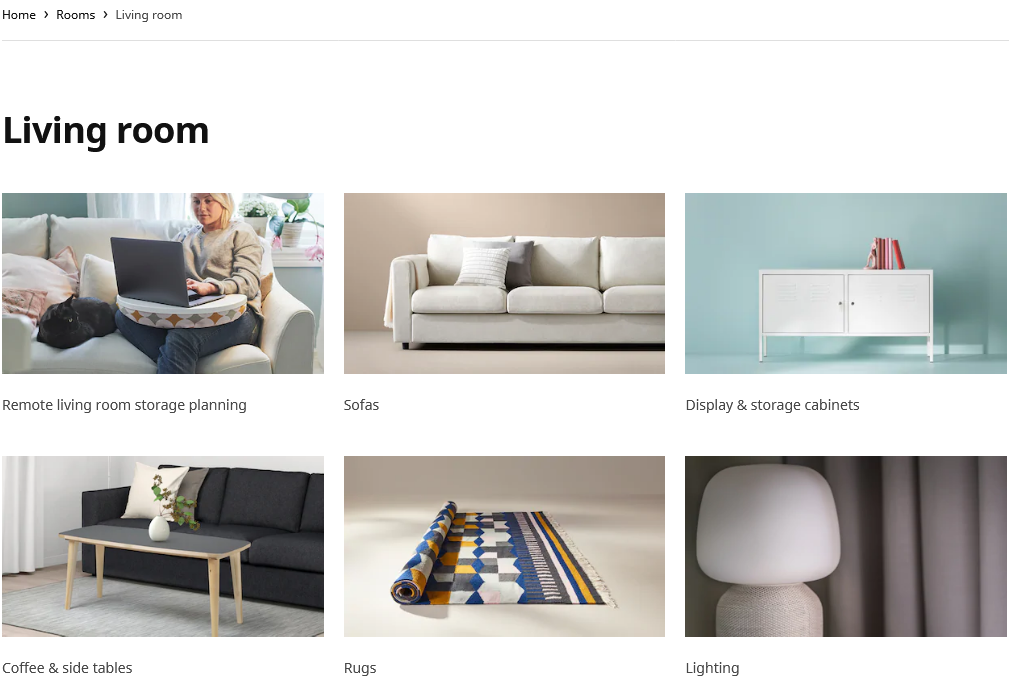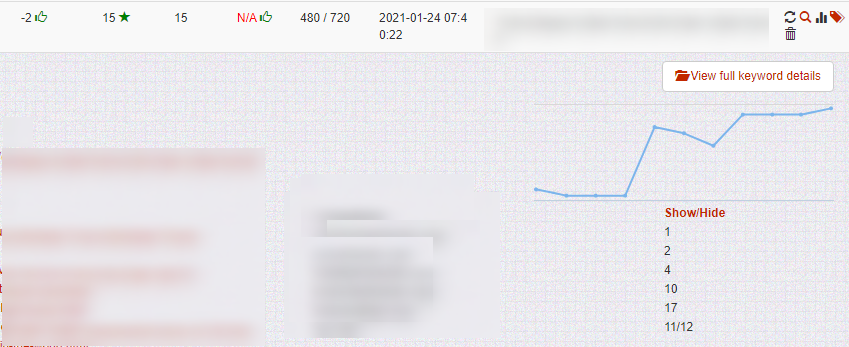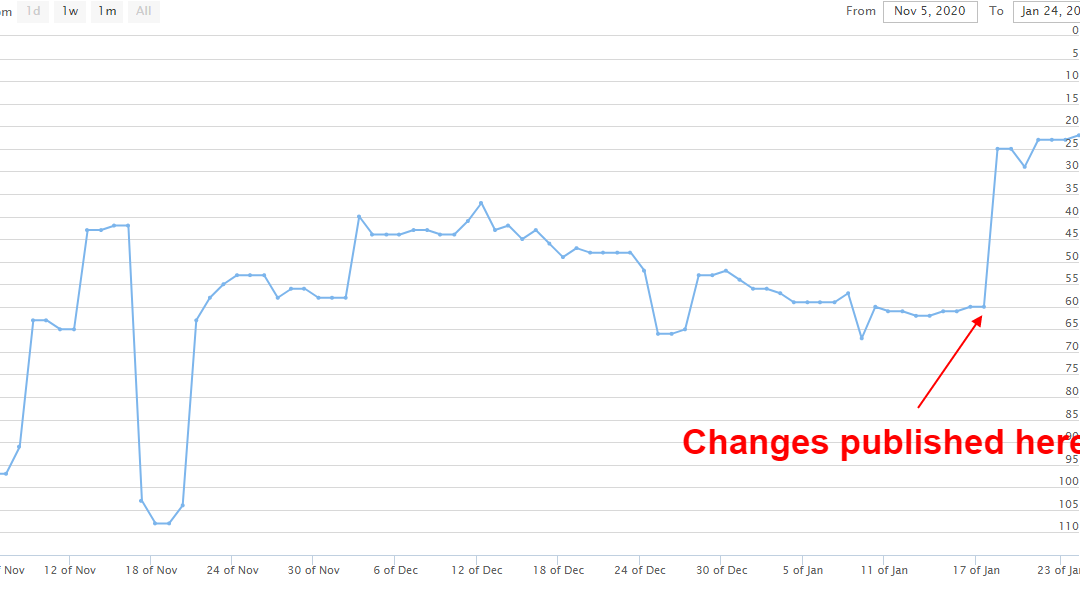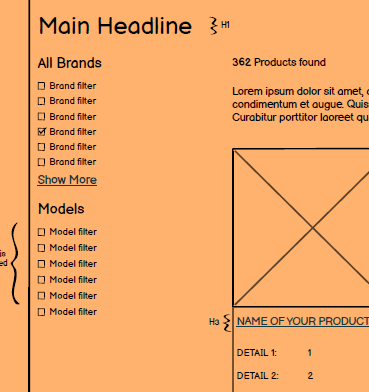Table of Contents
One of the most important aspects of having an eCommerce website is your category pages. Category pages pack a lot of ranking power and help a visitor quickly navigate through your product list with ease.
I’ve been working with digital marketing for more than fifteen years. Working with eCommerce is new to our team but nothing for me to worry about. I’ve studied this part of the web for more than five years and am confident we’ll do well.
Our most recent project is an internal campaign to test and disrupt the construction industry. Although being much bigger than an eCommerce website, my goal in this post is to show you how our team is using category pages to quickly increase our rankings.
The anatomy of a category page
In a perfect world, you’ll have category pages like Amazon with a simple title and you’ll rank for everything. None of us has this luxury so we’re going to have to get clever.
Let’s go over the structure of what our team is working with for our category pages:
- Title
- Breadcrumbs
- Copy
- Categories on the left or faceted navigation
- Top products
- Product list
- Related blog posts
- Paginated content
Let me help you visualize our category structure with a wireframe I’ve been working on and improving constantly.
Breaking up our category pages
Andy Chadwick is one of the best eCommerce SEO experts in the industry. He tested an idea all of us should have jumped on a long time ago.
He is proposing that we can index some of the filtered options higher up in the chain. For example, when someone is looking for T-shirts and filters the category to see only black shirts, you should index that URL string. In most cases, this is blocked in Shopify or WooCommerce.
Example: https://mainurl.com/collection/t-shirts/mens/?filter_color=black
You can read his full case study here.
He had fantastic organic growth with his test:

I am sure we’ll be in the same boat.
We’re no different. I am going to have the dev team set the top-level brands to be indexed within Google when a user selects the option through our faceted navigation. We have a talented team so I don’t think they’ll have an issue.
Scaling our category pages with intermediary pages
Our eCommerce web asset is to have hundreds of thousands of products from all over the world. Our goal is to unify our market and manufacturers in one place.
To do this, we’ll have to scale our growth. In this case, the category pages will have to expand at an enterprise level.
What does this mean? Let’s take a look at Ikea and you’ll get an idea of what we’re planning.

See, the larger you get, the more you’ll have to break up your categories. The beauty of doing this is that you’ll get more pages indexed on Google for high-level keywords.
We’re planning our expansion now and I recommend you do this as well. If you don’t want to grow, then focus on content and stick to my suggestion before this section.
Our results
Words can’t really explain the explosive growth with my strategy. Take a look at one of our primary keywords with 4400 searches a month within the US:

Here is another category:

I have a dozen examples. With a fresh link building campaign, I can see this project taking over our largest competitors within 12 months in terms of rankings.
Final thoughts
I will eventually go back to in-depth posts on different industries but I feel like it’s necessary to explain micro milestones, which will catapult your SEO skills to another level. Until I get these out of the way, I won’t go back to industry-specific posts.
In my next post, I’ll explain our product page tactics. You’re going to like this because it’s a topic I am passionate about and testing like a scientist. No one else is publicly talking about what I’ll go over and if they are, they are not doing it out in the open. You’ll like what I have to share.
That’s it, folks. Until next time, catch you all in my next post.



